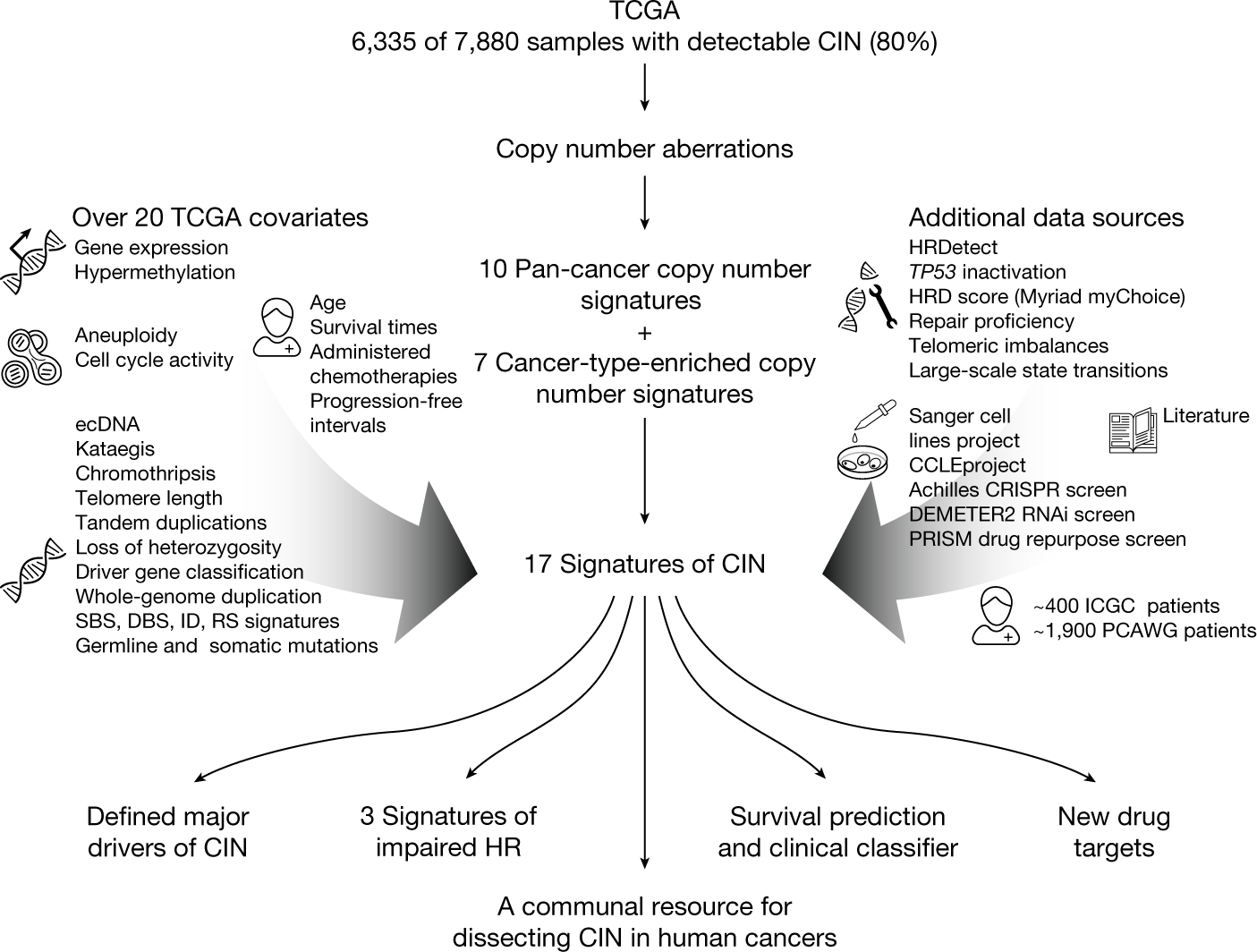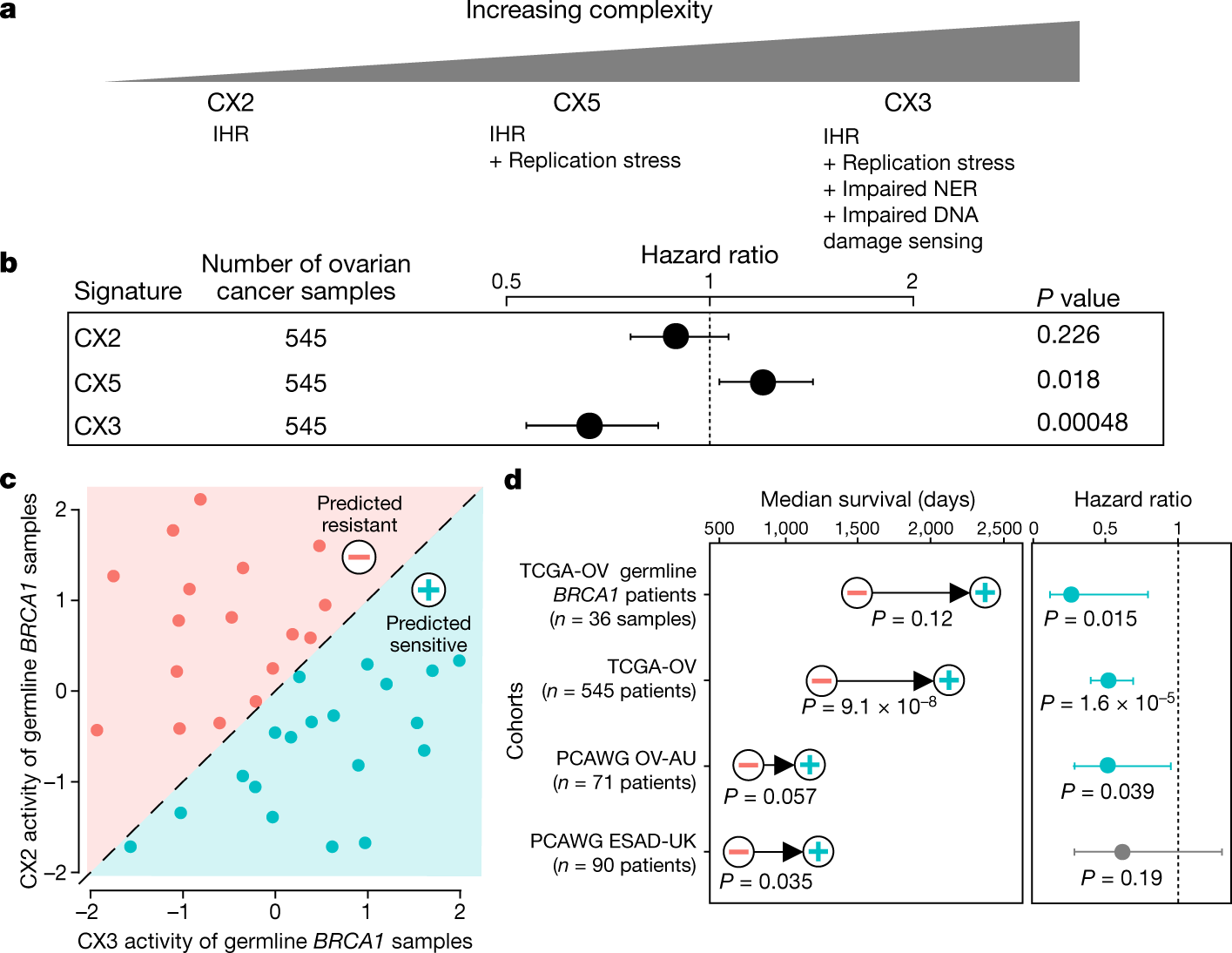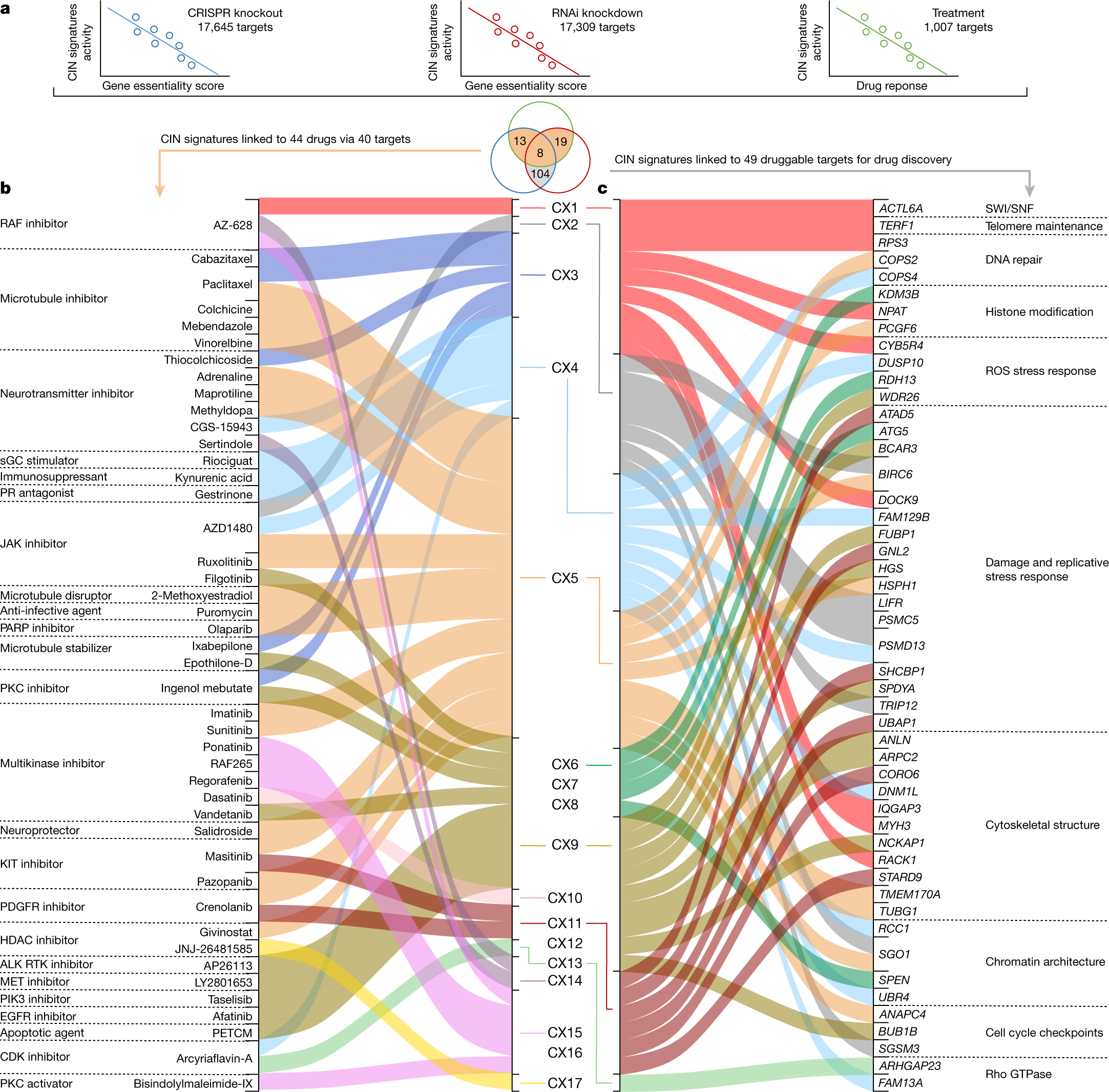Berz, you forgot the link, I want to have a look.
Checkpoint inhibitors are very interesting, and do a lot, but this here seems unrealistic.
https://www.nytimes.com/2022/06/05/health/rectal-cancer-checkpoint-inhibitor.html
Berz, you forgot the link, I want to have a look.
Checkpoint inhibitors are very interesting, and do a lot, but this here seems unrealistic.
Berz, you forgot the link, I want to have a look.
Checkpoint inhibitors are very interesting, and do a lot, but this here seems unrealistic.
 .
.there was hardly any difference in mortality stats between casual coffee drinkers (one cup a day) and heavy coffee drinkers (eight or more cups daily). So the answer to the question: how much coffee should you drink? might be whatever amount feels right for you.



I have held that "exercise in a pill" is THE way to make money. I am not so convinced it is the path to good health, but it may be. Note this is very early work, and also that the intervention is largely in mice, and there is not a great record of drugs going from mice to humans. I am convinced some people will get very rich from this technology in the near/medium future.
An exercise-inducible metabolite that suppresses feeding and obesity
Exercise confers protection against obesity, type 2 diabetes and other cardiometabolic diseases. However, the molecular and cellular mechanisms that mediate the metabolic benefits of physical activity remain unclear. Here we show that exercise stimulates the production of N-lactoyl-phenylalanine (Lac-Phe), a blood-borne signalling metabolite that suppresses feeding and obesity. The biosynthesis of Lac-Phe from lactate and phenylalanine occurs in CNDP2+ cells, including macrophages, monocytes and other immune and epithelial cells localized to diverse organs. In diet-induced obese mice, pharmacological-mediated increases in Lac-Phe reduces food intake without affecting movement or energy expenditure. Chronic administration of Lac-Phe decreases adiposity and body weight and improves glucose homeostasis. Conversely, genetic ablation of Lac-Phe biosynthesis in mice increases food intake and obesity following exercise training. Last, large activity-inducible increases in circulating Lac-Phe are also observed in humans and racehorses, establishing this metabolite as a molecular effector associated with physical activity across multiple activity modalities and mammalian species. These data define a conserved exercise-inducible metabolite that controls food intake and influences systemic energy balance.
Either I do not understand this at all, or it could be said about almost any drug. Things like statins, steriods, beta blockers, and just about anything other than treatments for infectious diseases could be described as "a trigger which primitively tells "it" that you will be beneficial (to stuff) if you do x".One thing I don't like about this is that it sort of implies that from the (theoretical) pov of your own body, what matters is not you (let alone what you consciously want) but a trigger which primitively tells "it" that you will be beneficial (to stuff) if you do x.
Not that it is some new implication. It's just anti-egocentric, so imo quite anti-personal.
Either I do not understand this at all, or it could be said about almost any drug. Things like statins, steriods, beta blockers, and just about anything other than treatments for infectious diseases could be described as "a trigger which primitively tells "it" that you will be beneficial (to stuff) if you do x".
Again, I could be getting the wrong end of your stick, but my understanding of the "evolutionary logic" is that exercise tells the body where it should invest its calories. In the evolutionary environment we (almost) never had excess calories without a requirement for exercise to gather them, so we did not evolve to spend calories maintaining our cardiovascular system in the absence of demand on it. Since we do this lots these days, it can be in our interest to "fool" our body into thinking we do more exercise than we really do, so it spends more of the calories available in maintaining our heart etc. rather than storing them for a rainy day as fat.By "you will be beneficial" I mean "the human", as juxtaposed to "it" ("it" being a hypothetical, summed-up calculator for such triggers). The paradoxical situation here being that "it" will die along with the human.
So while in some things there seems to exist such a seeker of a trigger (as in your example with pill-induced metabolism, if we suspect that exercise-induced is tied to "the human has stuff to do in the world" or similar), it seems a bit uneconomical to have your own body retain the ability to help "you" but hold back and only help if it registers you are of use to something external. It's why I called this "primitive".
